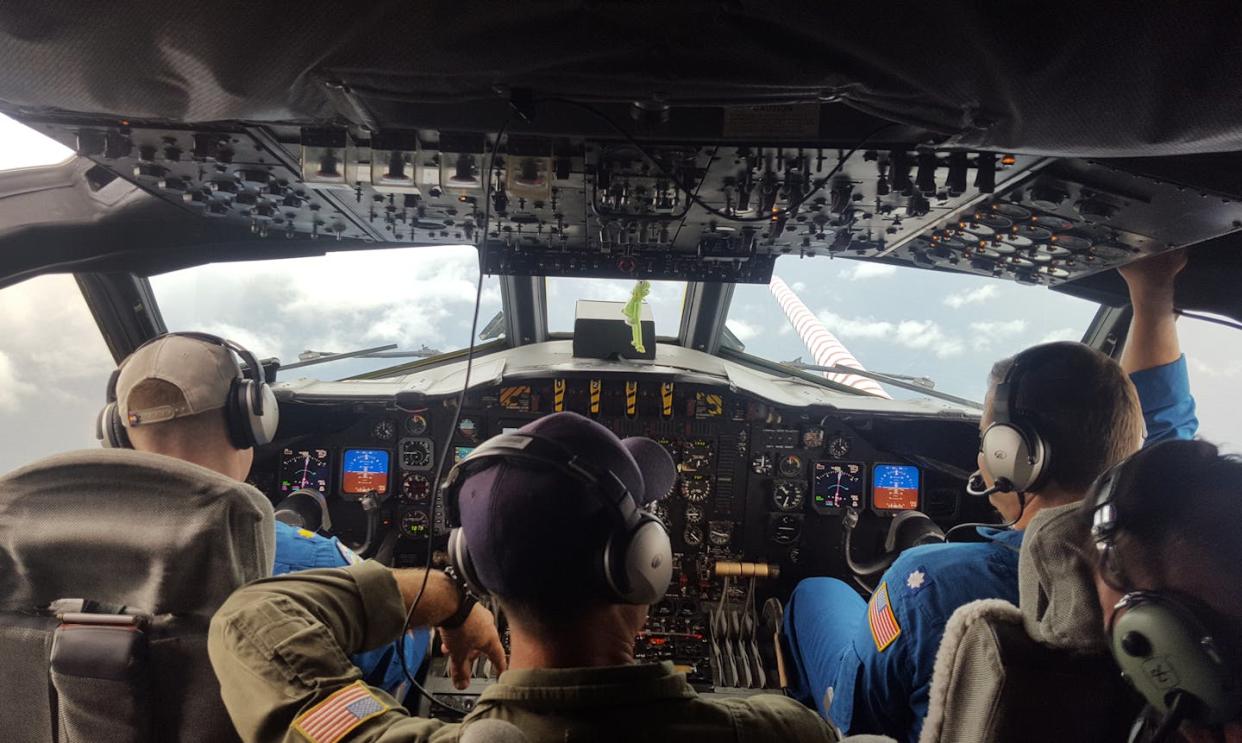Basically, we’re take a flying laboratory into the heart of the hurricane, all the way up to Category 5s. While we’re flying, we’re crunching data and sending it to forecasters and climate modelers. In the , we routinely cut through the middle of the storm, right into the eye.
Picture – we keep cutting through the storm multiple times during a mission. These might be developing storms, or they might be Category 5s. We’re typically flying at an altitude of around 10,000 feet, about a quarter of the way between the ocean surface and the top of the storm.

We want to cut through the roughest part of the storm because we’re trying to measure for the Hurricane Center. My most intense flight was Dorian in 2019. The storm was near the Bahamas and storm, with winds around 185 mph.
It felt like being a feather in the wind. When we were coming through the eyewall of Dorian, it was all seat belts. You can lose a few hundred feet in a couple of seconds if you have a down draft, or you can hit an updraft and gain a few hundred feet in a matter of seconds.
It’s a lot like a rollercoaster ride, only you don’t know exactly when the next up or down is coming. At one point, we had G-forces of 3 to 4 Gs. That’s what during a rocket launch.
We can also get , and anything that’s not strapped down will float off. Even in the rough parts of the storm, scientists like myself are busy on computers working up the data. A technician in the back may have launched a dropsonde from the .
















